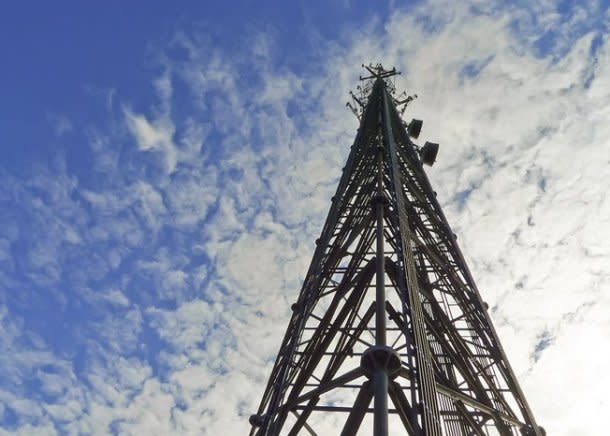A world without wires: LTE will cover the majority of the world by 2018

As people continue to look for ways to “cut the cord” and move away from traditional cable services, right now they largely have no choice but to continue subscribing to ISPs’ Internet services even if they cancel pay-TV. Over the next few years, however, that need might fade in many regions. According to new research from ABI, LTE-FDD (frequency-division duplex) will expand to cover 57% of the global population by 2018 while LTE-TDD (time-division duplex) will cover 52% of the population by that point in time.
[More from BGR: Xbox One vs. PlayStation 4: PS4 wins on specs]
Putting aside the differences between the two technologies, the interesting part is how the proliferation of high-speed wireless data will impact consumers and businesses. While there will certainly be overlapping coverage, LTE-FDD and LTE-TDD will combine to blanket the majority of the global population by 2018. As the technologies are refined and competition heats up, wireless could become a very viable alternative to traditional wired Internet services for many consumers.
[More from BGR: Lazaridis: iPhone, Android users will abandon iMessage and WhatsApp for BBM]
Data caps remain the biggest question mark for many, of course. As the technology matures and becomes more efficient — and as competition forces caps to increase and prices to come down — we could certainly be nearing a time when the advantages of land-based Internet services dwindle for a good percentage of users around the world.
This article was originally published on BGR.com
